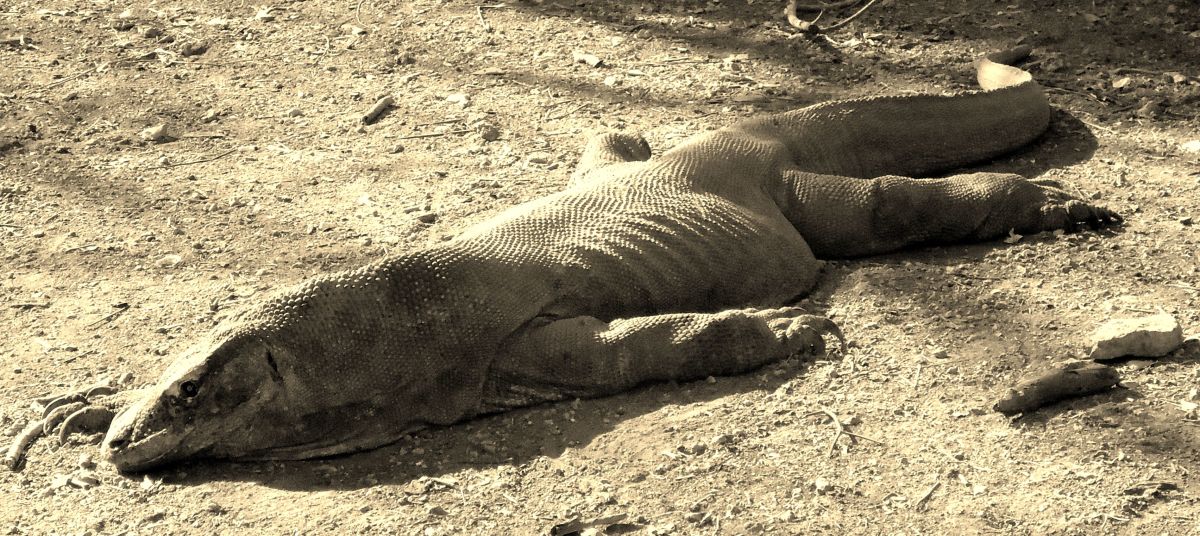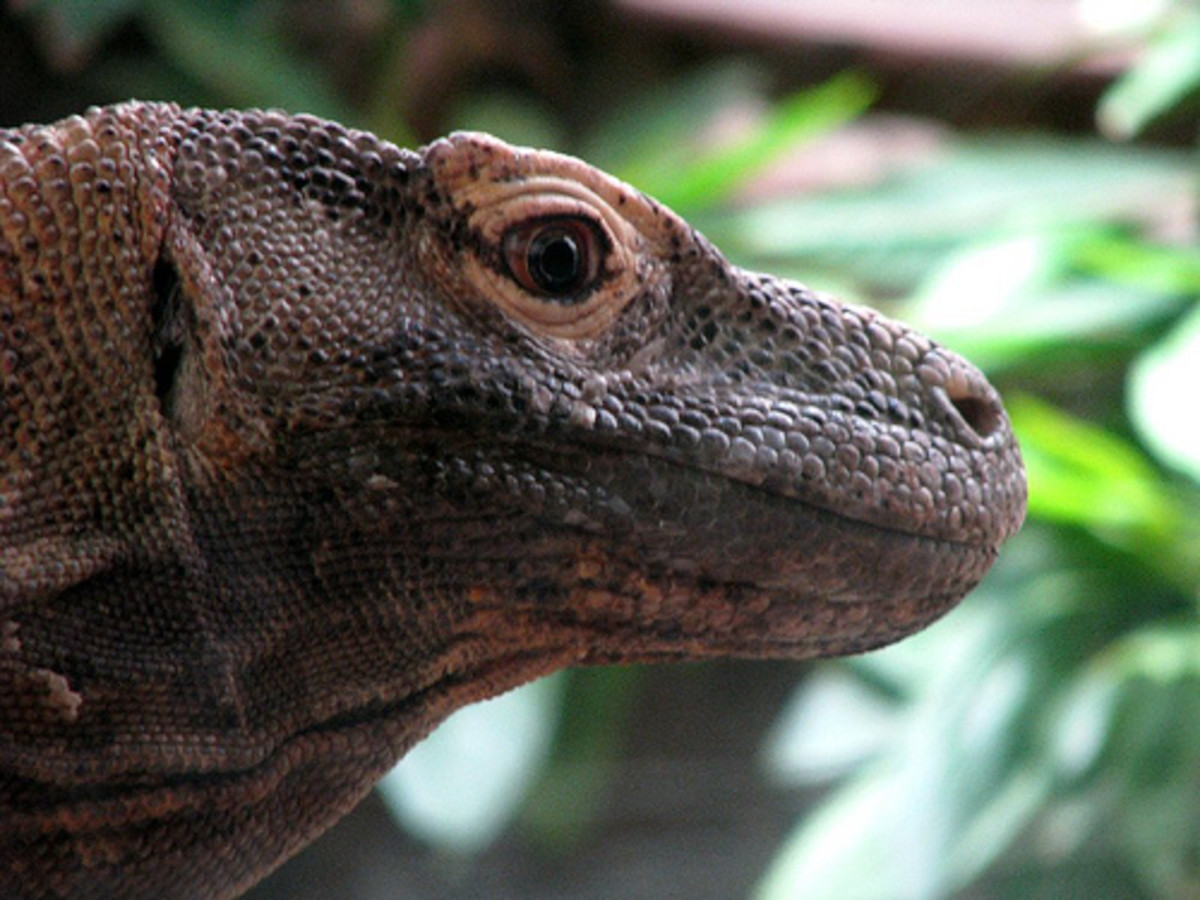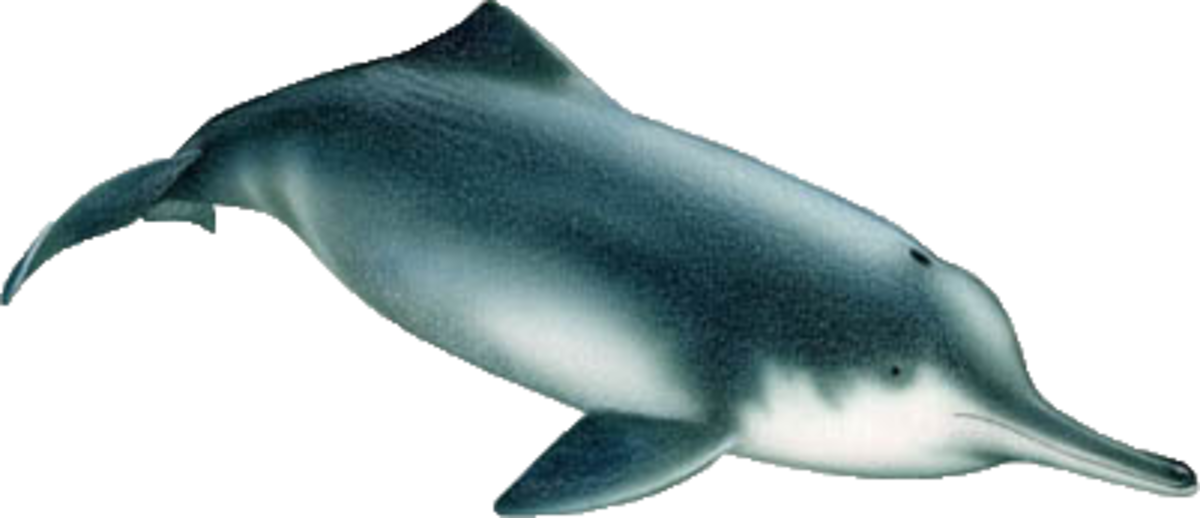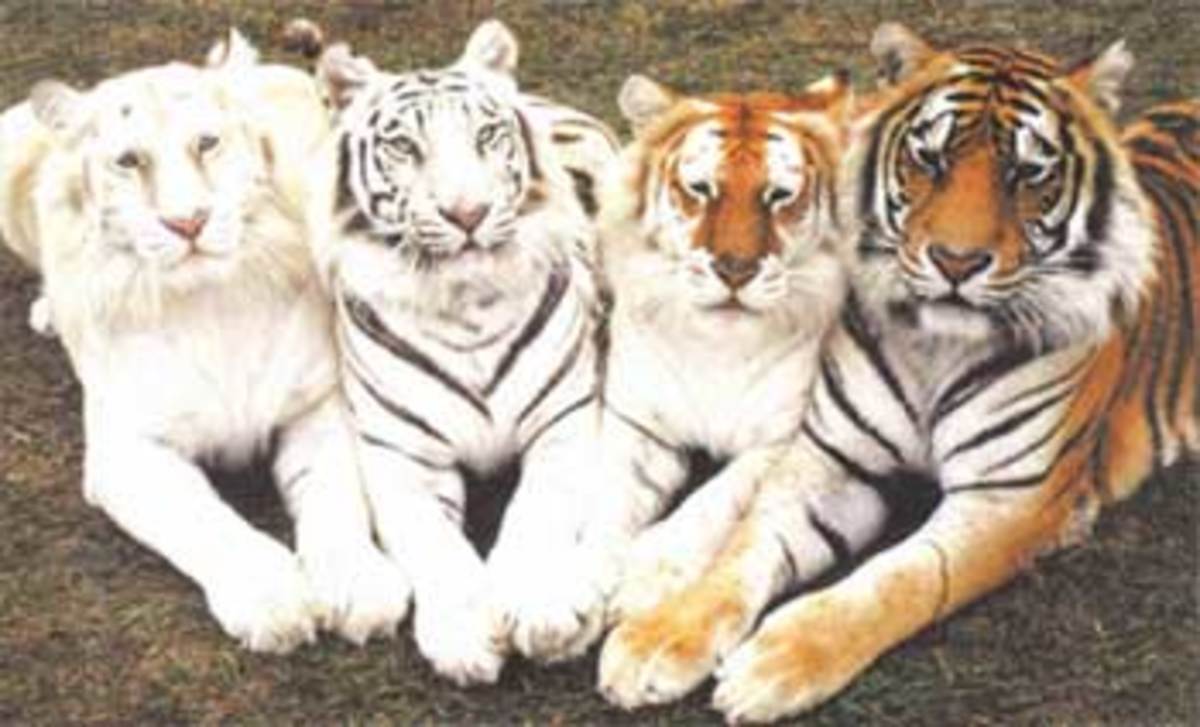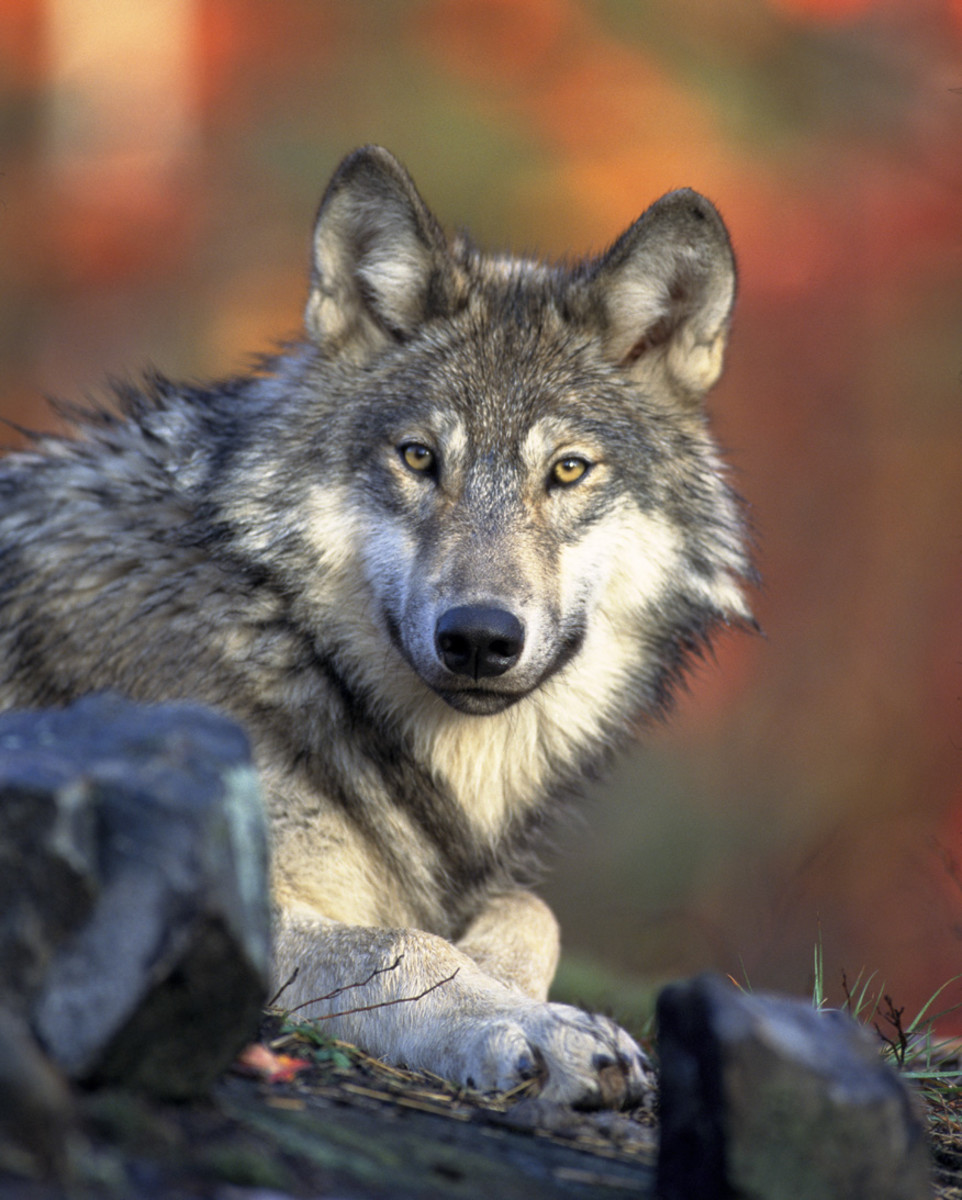- HubPages»
- Education and Science»
- Life Sciences»
- Endangered Species
Komodo Dragons - Giant Lizards of Indonesia
Komodo Dragons are Real - Not Mythical
Dragons are huge lizard-like creatures that breathe fire and used to terrorize the populace in tales of the Middle Ages. Dragons are, of course, mythical creatures that only existed in medieval tales.
While, according to the legends of yore, brave knights, like England's St. George, would venture forth and risk their lives rescuing beautiful young maidens from dragons, the truth is dragons never existed in reality.
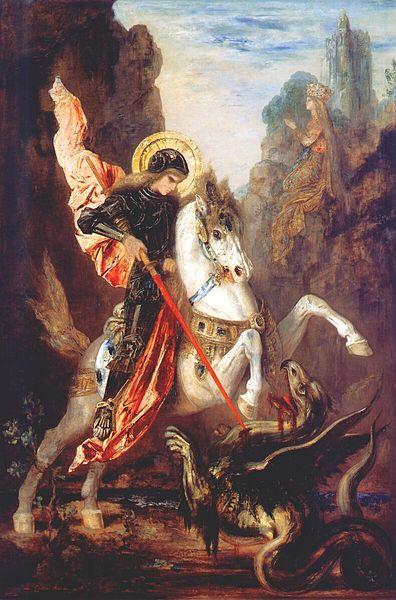
However, while fire breathing dragons exist only in the realm of myth, they do have a close cousin in reality and that is the Komodo Dragon.
Komodo Dragons are a species of large lizard.
Male Komodo Dragons can grow as large as nine feet in length and weigh between 150 and 200 pounds.
Female Komodo Dragons measure six to seven feet in length and weigh 100 to 150 pounds.
In addition to their huge size, they also have long, thin tongues, like other lizards and snakes except much larger.
These tongues dart in and out of their mouths rapidly giving the appearance of flames coming out of a dragons mouth.
In the wild, Komodo Dragons are only found on the Indonesian island of Komodo and a few other islands near by.
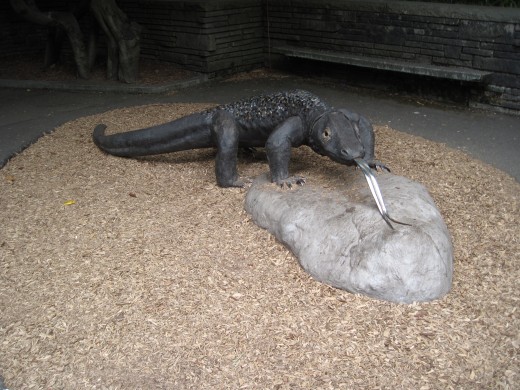
First Recorded Sighting of Komodo Dragon by a European
Native peoples living in the area of Komodo Island have obviously known about these creatures since ancient times.
There are also accounts of Chinese sailors, dating back to the second or third century A.D., claiming to have seen these dragons (and they referred to them as dragons which are common in Chinese as well as Western mythology) while visiting the islands in merchant ships trading for pearls and other products in the area.
However, it wasn't until 1910 that a Dutch Army officer, Lieutenant Steyn van Hensbroek, who was stationed on the neighboring island of Flores while serving in the colonial administration of the Dutch East Indies (the former name of Indonesia when it was a Dutch colonial possession) became the first westerner to see and kill a Komodo Dragon.
After hearing tales from natives, and probably from European locals as well, about giant land crocodiles in remote areas of Flores and the much smaller and more remote Komodo island, he set out in search of the creatures. He was successful in finding and killing a seven and a half foot Komodo Dragon. Upon his return to his post he sent the skin from the slain Komodo along with a photograph of the creature to Peter A. Ouwens, Director of the Zoological Museum in Buitenzorg (now Borgor) on the island of Java.
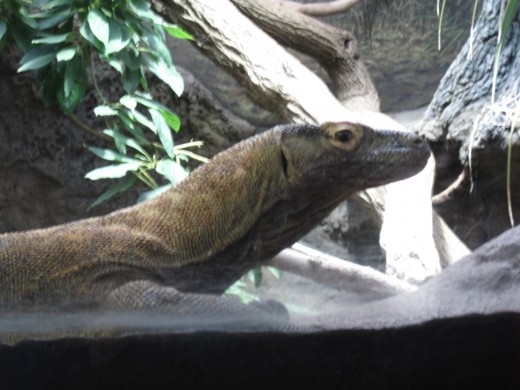
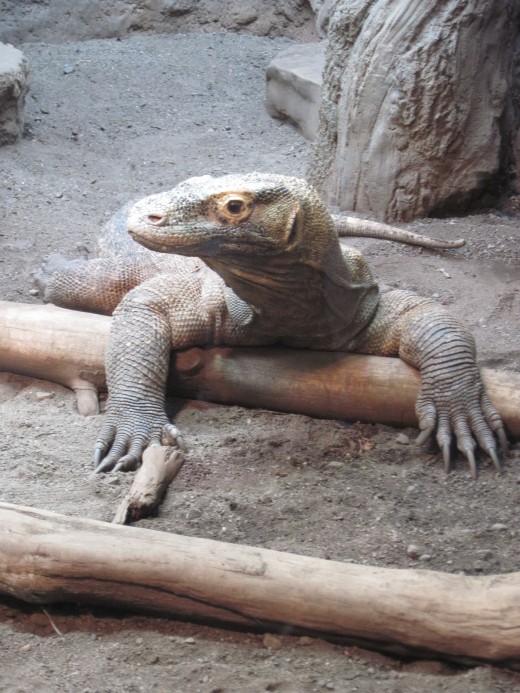
Dutch Move Quickly to Protect Komodo Dragon
Two years later Peter A. Ouwens published a paper on the creature, which he named Varanus Komodensis, but soon came to be known as the Komodo Dragon outside the scientific community.
It soon became clear to the Dutch authorities that, given the limited habitat of the Komodo Dragon - outside of zoos, Komodo Dragons are only found on the relatively small Indonesian islands of Komodo, Rinca, Gili and Montang as well as in three small locations on the larger island of Flores all of which, including the island of Flores, are within the same 1,000 square mile area of ocean and islands in the Indonesian archipelago - the Dutch government, in 1915, made the Komodo Dragons a protected species giving the Komodos the distinction of being one of the first species in the world to receive official government protection.
In 1980 Indonesia created the Komodo National Park which encompasses the islands Komodo, Rinca and Padar along with some smaller neighboring islands and some areas on Flores island.
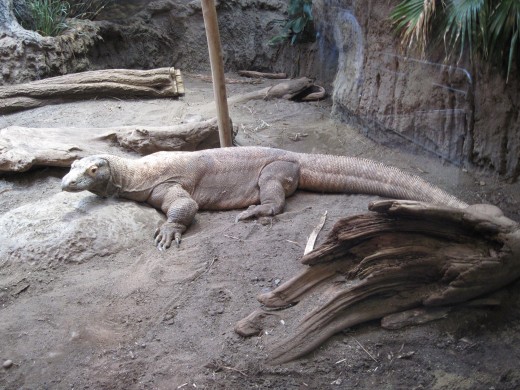
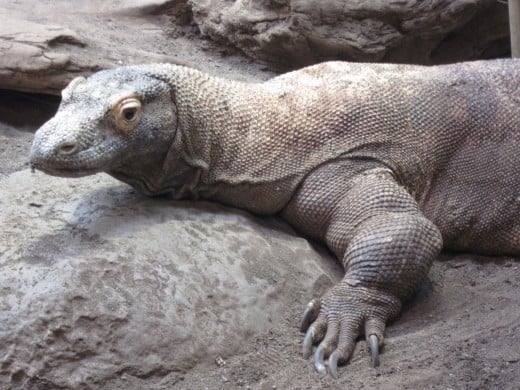
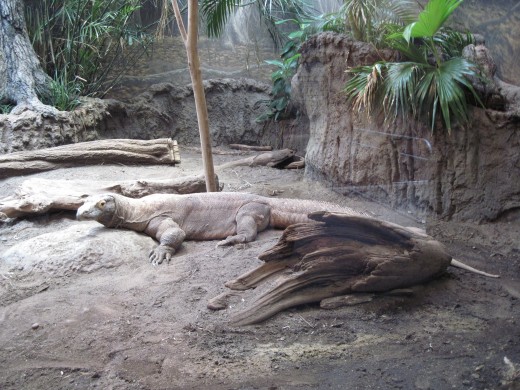
Komodos Eat Any Available Meat
Unlike the dragons of old, Komodo Dragons don't seem to have any particular fondness for young damsels, however, given their large size and deadly bite, it is probably not a good idea to get too close to them and definitely not a good idea to keep one as a pet (which is illegal under American, Indonesian and probably most other nations' laws). Until this year (2009), it was believed that the poison in a Komodo's bite was the result of poisons released by deadly bacteria that lived in the saliva in the Komodo's mouth.
Recent research has revealed that the Komodo's do have a gland that produces a mild form of venom. In addition to being mild, in terms of the severity of the poison, the venom also appears to not be delivered very effectively by the Komodo.
Instead, prey that manage to escape after being bitten by a Komodo generally die within a day or so from either loss of blood or blood poisoning from the bacteria in the Komodo's saliva. This is fine with the Komodo Dragon as it will follow the scent of the wounded animal and devour the dead carcase when it catches up to it. In fact, in addition to attacking other animals, including its own young when they are dumb enough to come within range of an adult Komodo Dragon, the Komodo Dragon also feasts on the rotting carcase of any animal it comes upon regardless how the animal died.
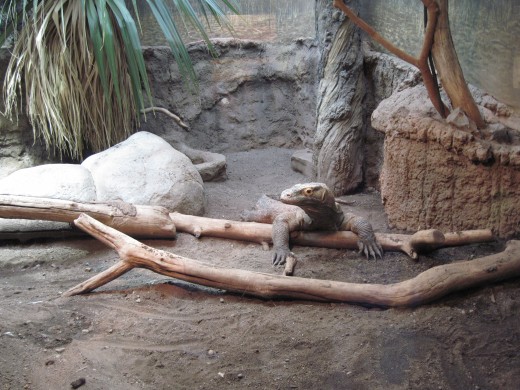
Young Have to Flee to Tree Tops to Avoid Being Eaten by Parents
Like other reptiles, Komodo Dragons hatch from eggs. In the case of the Komodo Dragon the female Komodo digs a hole in the ground or takes over the burrow of another Komodo Dragon or other animal, lays 15 to 30 eggs and then covers and abandons the eggs.
Adult Komodos mate during the summer months and the fertilized eggs grow and develop within the female until early Fall when the female digs a burrow and lays the eggs which then incubate until Spring when they hatch and the young Komodos emerge.
Despite the large size of an adult Komodo, the newly hatched youngsters are only about 12 to 15 inches in length and weigh about four ounces at birth.
To survive, baby Komodos have to seek refuge in trees to avoid being eaten by adult Komodos and other predators. The main diet of young Komodos are insects and smaller reptiles. After about four or five years the young Komodo Dragon has grown to about 4 feet long and becomes too heavy to be supported by the branches of the tropical trees.
At this point it is generally big enough to avoid being eaten by adult Komodos and can safely leave the trees and live on the ground. Being at the top of the island food chain, the Komodo at this point has the potential to live for thirty to fifty years provided it can avoid disease, starvation and fatal accidents.
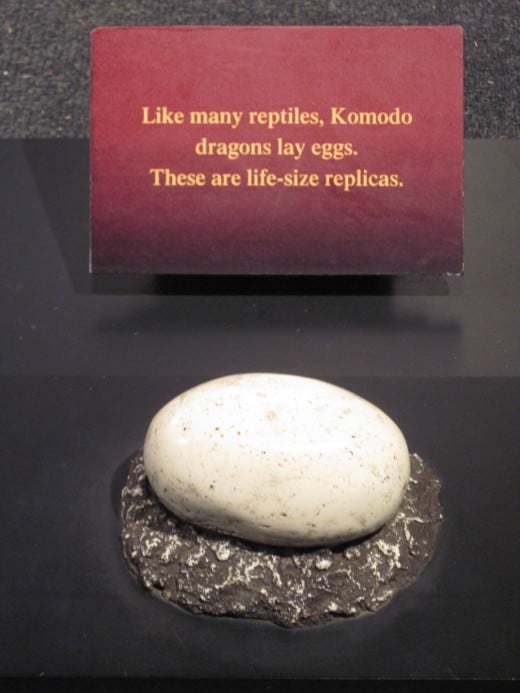
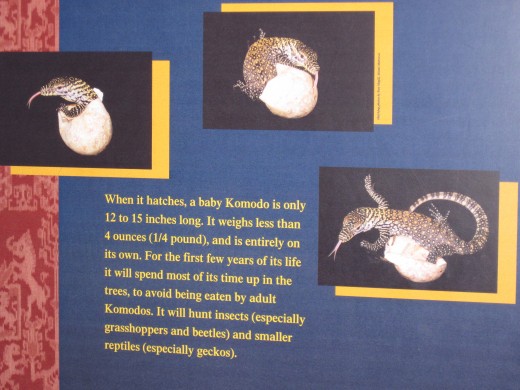
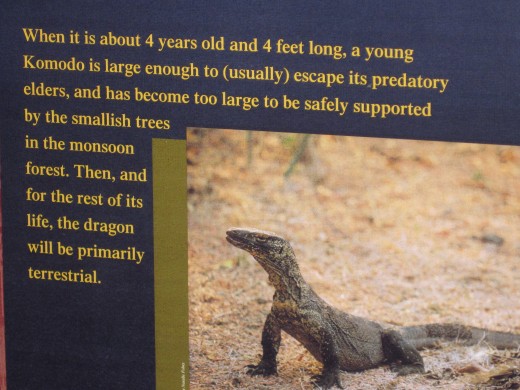
Komodos Must Be Careful Not to Get Overheated
Being a cold blooded reptile, the Komodo Dragon lacks an internal mechanism to regulate its temperature as so must watch its environment.
Komodos tend to venture out in the morning where they warm themselves in the sun while seeking food and water. As the external temperature increases as the day wears on, the Komodo is forced to seek shady shelter during the hot afternoon.
Failure to find shade will cause its temperature to rise and, if it rises much above 104 degrees Fahrenheit (40 degrees Celsius) the Komodo risks becoming overheated.
In the evening Komodos retreat to dense vegetation or burrow into the ground to help retain body heat.
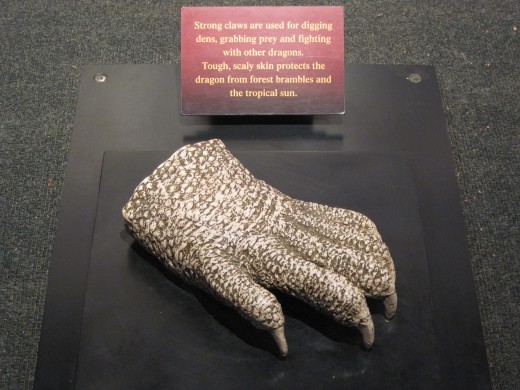
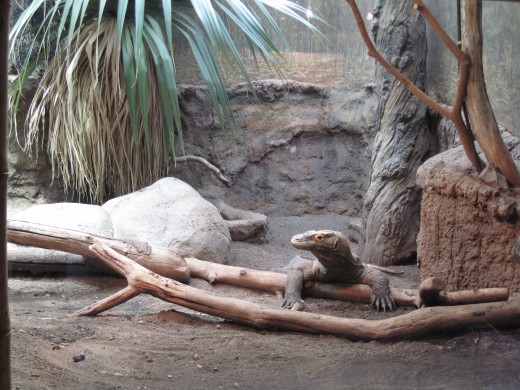
Komodo Dragons Smell With their Tongue
While Komodos can see and hear, they rely mainly on their sense of smell which is accomplished with their tongue.
Darting their tongue in and out of their mouth they are able to detect and track down food - both live prey and rotting corpses - at great distances. As meat eaters they attack and devour both warm and cold blooded creatures on land.
Despite the fact that Komodos are capable of devouring up to two-thirds their weight in food withing a few minutes, their metabolism is such that they can survive on very little food if need be. After attacking and devouring a large animal, the Komodo Dragon will go for days or weeks without additional food.
Despite being Rare, Komodo Dragons Can be Found in Many Large Zoos
Despite their rarity, they can be found in many zoos around the world and can also be seen in the wild on tours to Indonesia's Komodo National Park. The pictures accompanying this Hub were taken by me during a recent visit to the Komodo exhibit at the Woodland Park Zoo in Seattle, Washington.
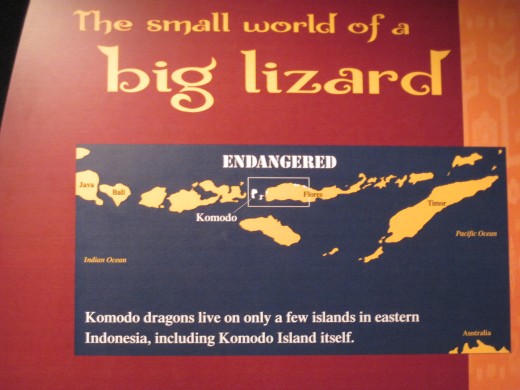
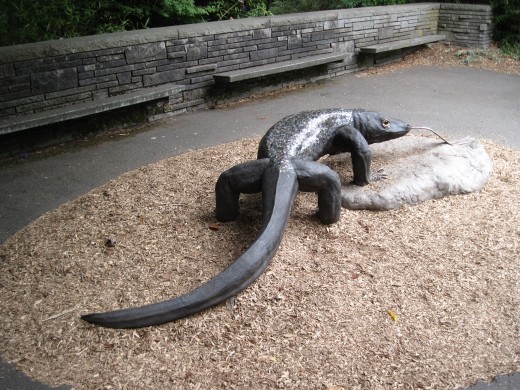
Links for Additional Information
- What Makes Komodo Dragons Deadly? Is It True Komodo Dragons Can Develop From Unfertilized Egg Cells?
Hub describing new evidence about how Komodo Dragons hunt and their ability to reproduce asexually. - Komodo dragons kill prey with venom, not oral bacteria, study suggests
Komodo dragons kill prey with venom, not oral bacteria, study suggests - Komodo Dragon - Background
Description and background of the Komodo Dragon, a real living and breathing dragon. - The Virtual Exploration Society: The Burden Expedition to Komodo Island
Account of first American Expedition to Komodo Island - BBC NEWS | Science & Environment | Komodo dragons have venomous bite
A study has shown that Komodo dragons pass on a weak venom that causes severe bleeding.
Indonesian Islands That are Home to Komodo Dragons
Indonesian island of Palau Komodo, one of the islands on which Komodo Dragons are found.
Flores Island, Indonesia which hosts three small colonies of Komodo Dragons in the wild.
Rinca Island, Indonesia where Komodo Dragons can also be found in the wild.
Gili Islands, Indonesia which are also home to Komodo Dragons in the wild.


